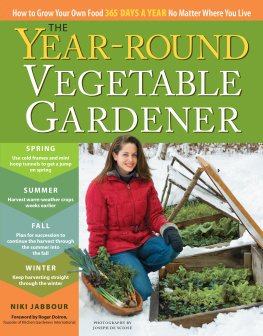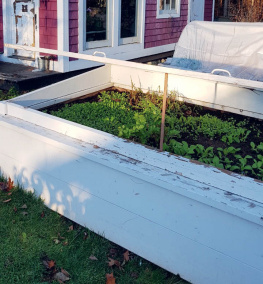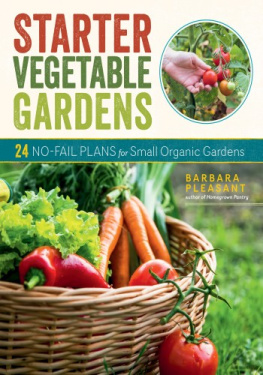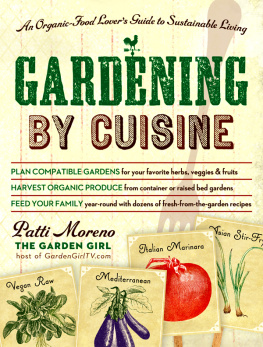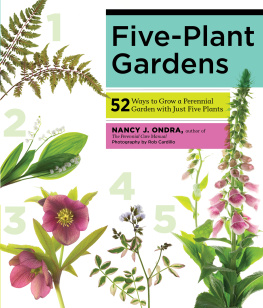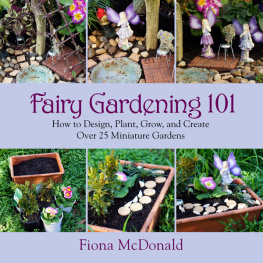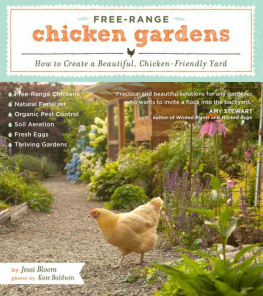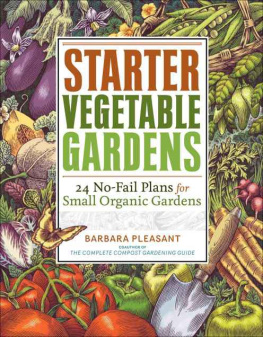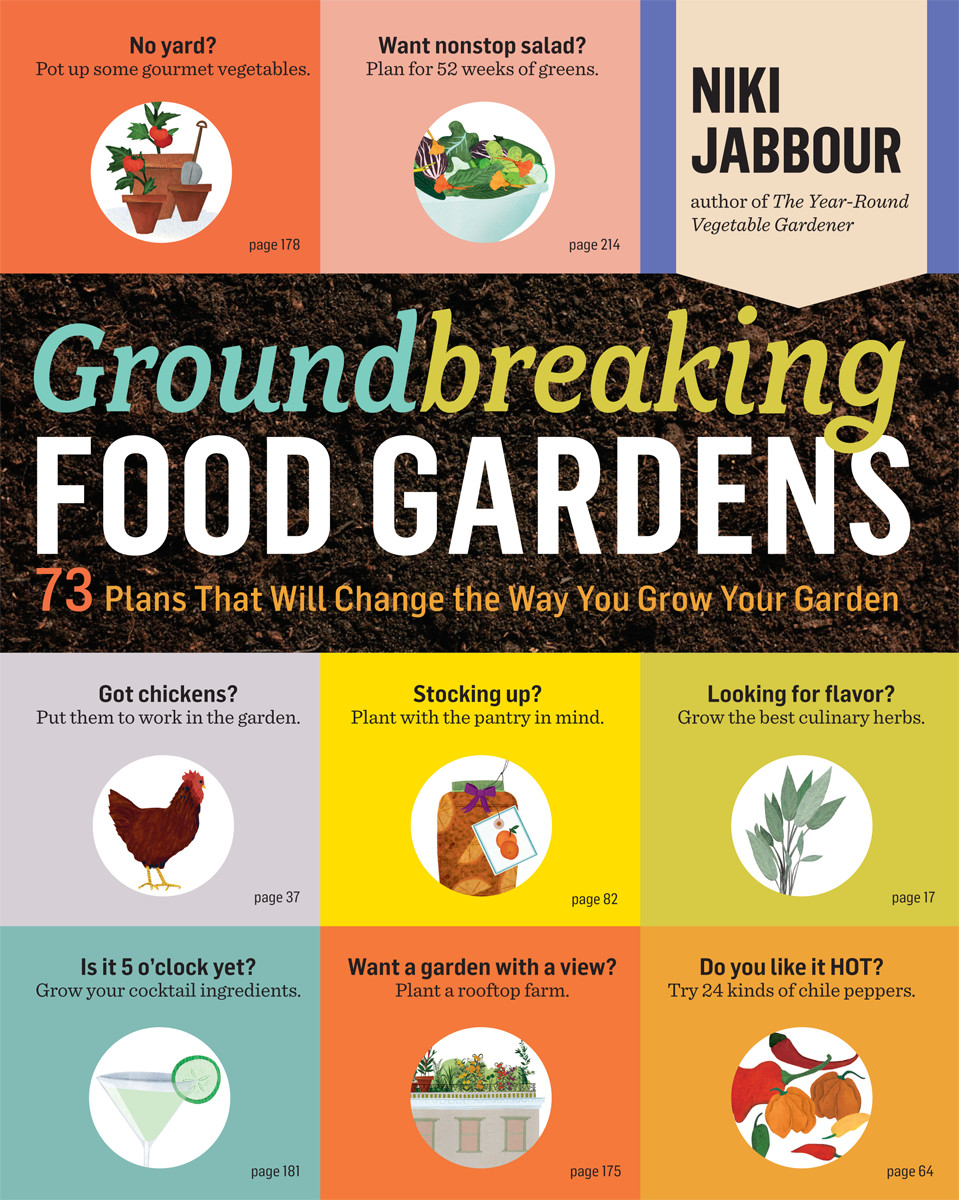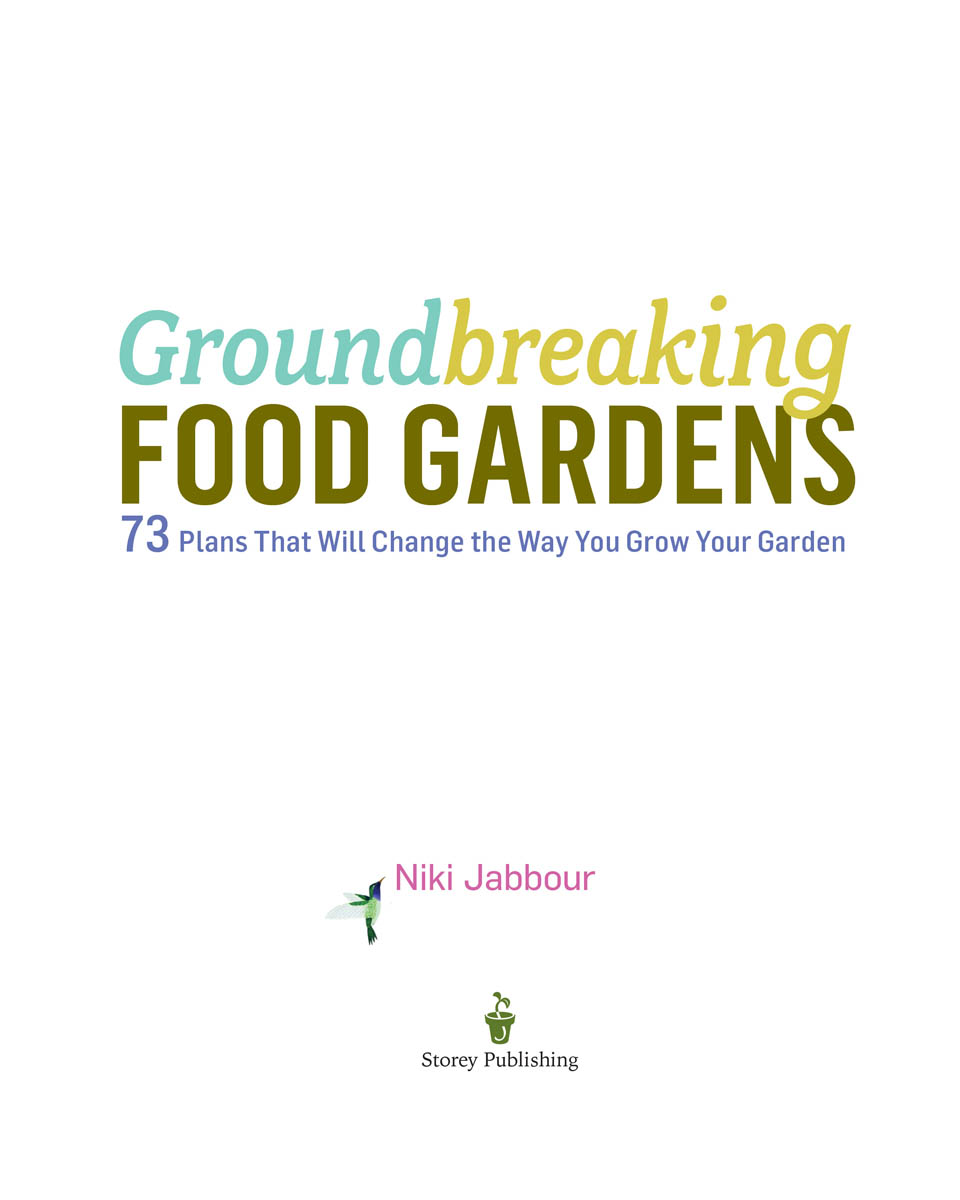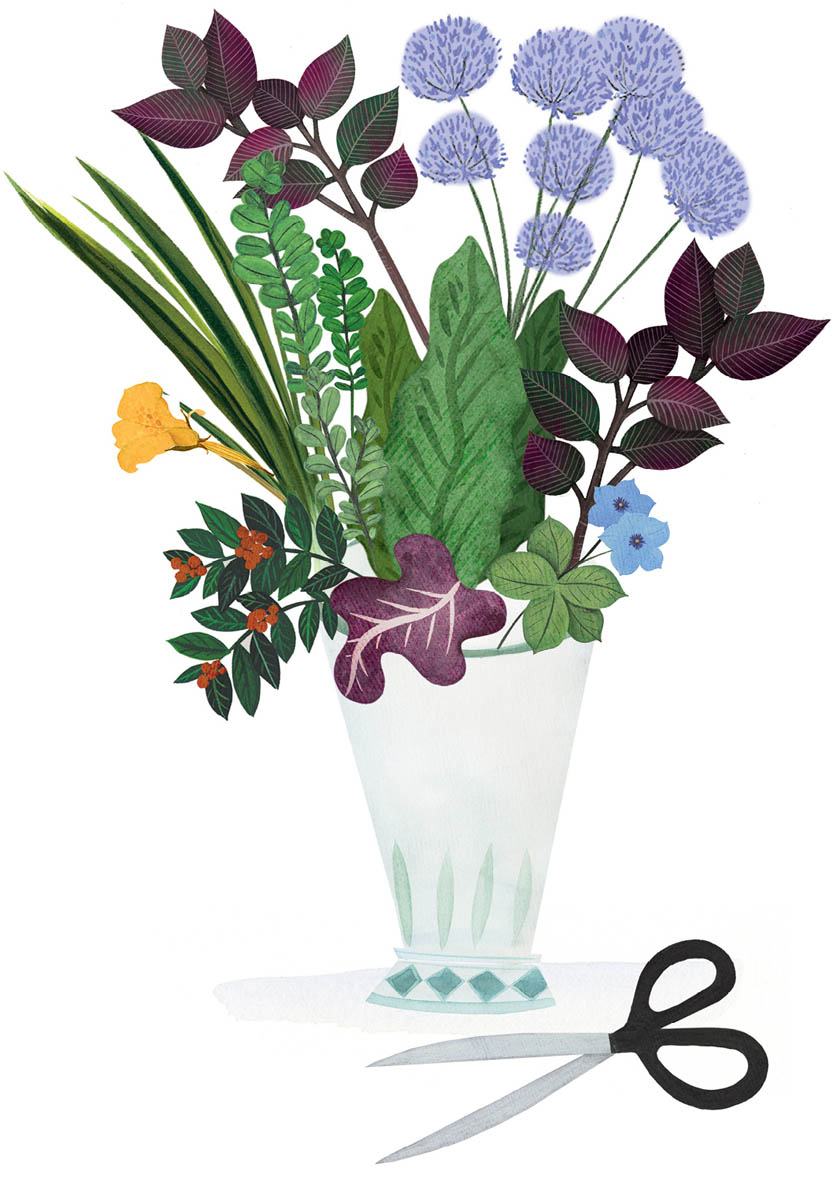Contents
As always, thank you to my cold-frame-building, manure-shoveling, kale-eating husband, Dany, who never asks why we need another garden bed.
And to Alex and Isabelle, who remind me to look closely at the garden to see the amazing world of butterflies, toads, hummingbirds, ladybugs, and, unfortunately, the occasional slug.
Acknowledgments
With a book like Groundbreaking Food Gardens, which includes 73 garden plans, its obvious that this wasnt a solo effort. I would therefore like to extend a heartfelt thank you to each and every one of the 72 contributors who took time out of their busy schedules and lives to come up with an edible garden design for this book. I have been incredibly inspired by their passion for growing food and the innovative designs they created. I also appreciate their patience and willingness to answer my many (many!) pesky questions about their experiences and garden plans.
As always, I am very grateful to the fine folks at Storey Publishing for their hard work and continued support art director Cynthia McFarland; creative director Alethea Morrison; illustration coordinator Ilona Sherratt; and artists Anne Smith, Elayne Sears, and Mary Ellen Carsley, who brought the gardens to life.
This book would not have happened if not for the vision and encouragement of editor extraordinaire Carleen Madigan. And Sarah Guare, my blue-ribbon editor, who took my piles of plans and descriptions and skillfully turned them into this book.
Finally, thank you to my mother, Joyce; parents-in-law, Kamal and Noha; sisters and brothers, Lisa and Jason, Jean-Louise and Nick, Leah, and Tony; and my nieces and nephews, Ryan and Lucy, Sophia and Mya, and Brayden and Jackson, who are always happy to play in the garden.
Introduction
T here are many reasons to grow your own food , or at least a portion of it. Like many gardeners, I was hooked at an early age. Working beside my mother in the garden, I was enchanted by the simple act of planting a seed. In my young eyes, seeds seemed little more than lifeless kernels, but once tucked into the earth they quickly sprouted, and before long the harvest followed. When we picked our vegetables typically just before we intended to eat them they were packed with flavor and tasted nothing like the limp grocery store veggies we ate the other nine months of the year.
Today I grow much of my familys food, producing an organic bounty from our 2,000-square-foot garden. Over the years Ive learned to stretch my harvest season to 365 days, which reduces our dependence on the long-distance vegetables found at our local supermarket. The ability to harvest from our winter cold frames and mini hoop tunnels from December through March in Canada is incredibly rewarding. Even if my children wont eat all of the vegetables and herbs (cmon, Swiss chard is delicious!), they know where their food comes from and how it grows.
Because edible gardening is such a large part of my life, I am always looking for new techniques, designs, and ideas to grow more food. With this in mind, I dedicated 18 months of my life to tracking (stalking?) avid gardeners, garden writers, professional horticulturists, television and radio hosts, garden bloggers, managers of botanical gardens, university staff, and community gardeners across North America and the United Kingdom to find out how and why they grow their own food. The result of that research is this book, which spotlights the rapidly growing trend of food gardening, offering 73 plans for edibles that I hope will inspire you to think differently about where and how you can grow food.
Gardens by Theme
As you flip through this book, youll find that the garden plans are all extremely varied in size, shape, style, and location. Some are even placed in the front yard, an area traditionally reserved for grass. In todays increasingly eco-conscious world, more and more gardens are sneaking from the back to the front yard. Although I dont expect everyone to dig up the entire front property to grow food (like ). Who knows, you may even inspire the neighbors!
Those whose only garden space is a windy rooftop or a concrete balcony can produce a bumper crop of organic food using plans that focus on difficult sites, such as the ornamental edible balcony garden by of the Seattle Urban Farm Company, which details growing techniques and edibles that do best in such an exposed site.
Gardener vs. the Wild
Gardeners living in deer, rabbit, or groundhog country may want to consider installing a fence around their food gardens. Fencing a vegetable garden avoids so much heartache, says Master Gardener, author, and blogger . You cant fault the animals for lusting after your tomatoes and cucumbers, but they dont like to share. She recommends an 8-foot-tall fence to exclude deer, while rabbits and groundhogs can be kept out with a 4-foot fence buried 18 inches below ground.
Common garden challenges like excess shade, tiny lots, or short seasons can quickly deflate a would-be gardener. Dont worry, weve got you covered. , the author of Grow Figs Where You Think You Cant, has figured out how to enjoy bushels of Mediterranean figs in his Canadian backyard.
Those who arent limited by space restrictions may wish for the traditional style of the formal kitchen garden designed by famed food and garden writer shows us how to grow what we cant buy with her Modern Truck Garden plan.
, author of Backyard Foraging, who shares the design of her own New York garden where she grows wild edibles.
, a U.K. author, blogger, and Master Composter. Her Circle of Life plot is visually stunning but also incredibly practical, allowing plenty of space for vegetables, herbs, fruits, chickens, and waste recycling.
Several contributors designed edible gardens that not only produce food, but also encourage and support populations of bees, beneficial bugs, and other important pollinators. , the Nancy Eaton Director of Horticulture at the Toronto Botanical Garden, has designed a smaller pollinator-friendly edible raised bed, as well as a portable pollinator pot that will sustain pollinators wherever it is placed.
Getting the Most out of Your Garden
All gardeners want to reap maximum yield from their plots, and cultivating healthy plants is the best way to ensure a bountiful harvest. For healthy plants, follow these steps:
Feed your soil. Healthy, high-producing plants grow in rich, organic soil. Feed your soil with compost, aged manure, and other soil amendments before planting and between successive crops.


